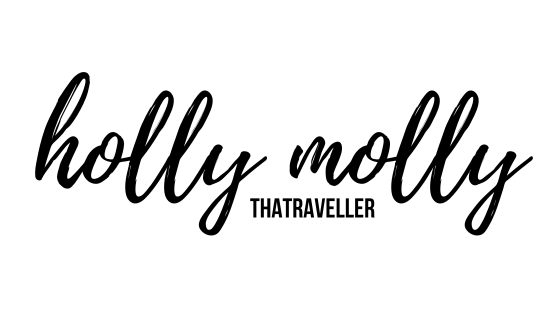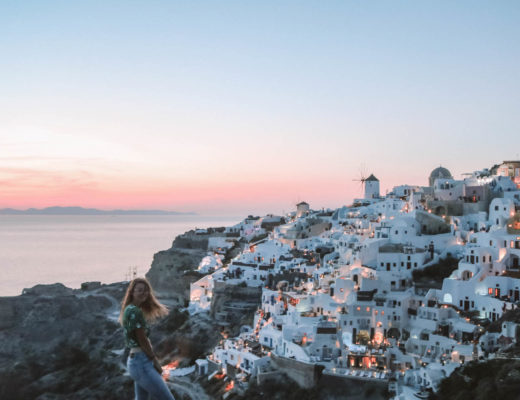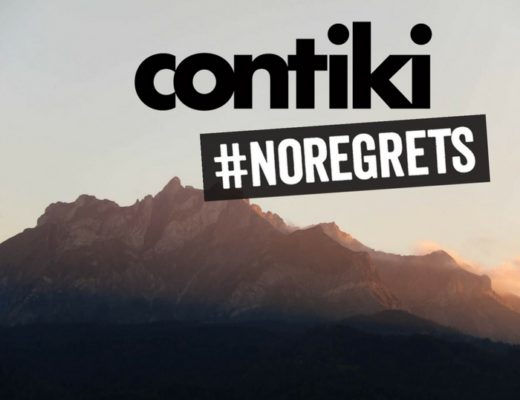Berlin, Germany’s capital city; dates all the way back to the 13th century. While the city is now known more for its art scene, modern landmarks, and museums, it’s also a point of Germany’s very notable history. The entire city is dotted with reminders of its turbulent past.
For history-buffs you could honestly spend weeks in Berlin, but for now – here’s the top 10 things to explore while visiting Berlin!
1. Museum Island ?
Located near the Berlin Cathedral you’ll find the UNESCO World Heritage Site; Museum Island. Here is the Old Museum, New Museum, Old National Gallery, Bode Museum, Pergamon Museum, and the James Simon Gallery. As well as this, there’s also the Lustgarten and plenty of places to walk around.
If you want to access the museums, it is best to buy the combined ticket, which for only €18 will allow you to access all the museums in one day. Otherwise you’ll end up paying a similar price to visit them all individually.

Old Museum (Altes); great for fans of Greek, Etruscan and Roman art
New Museum (Neues); great for fans of Ancient Egyptian art
Old National Gallery (Alte Nationalgalerie); the National Art Gallery
Bode Museum; great for fans of Byzantine and Antique art
Pergamon Museum; my personal favourite, and one of the most visited museums in Europe. Here they have impressive reconstructions of Ishtar Gate of Babylon, the Market Gate of Miletus, and artifacts from Ancient near-eastern cultures.
2. Jewish Museum ?
While there are so many museums to choose from in Berlin, I highly recommend the Jewish Museum if you want to get to know a bit about the history of Jewish people and their time in Germany.


This is also where you’ll find the well-known Memory Void (Shalekhet – Fallen leaves). This installation was created by Israeli artist Menashe Kadishman, and has 10,000 faces punched out of steel and distributed on the ground. Kadishman dedicated his artwork not only to Jews killed during the Shoah, but to all victims of violence and war. People are welcome to walk over the faces and listen to the sounds created by the metal sheets. I personally felt like the idea was to make you feel uncomfortable by listening to the metal rattling against each other as you walk over them.

3. Free Walking tours ?
Walking tours have become my new favourite thing to do when I’m arriving in a new city solo. It’s a great way to get your bearings whilst actually learning a bit about what’s around you. I also love the idea of getting a guided walk around to scout possible photo spots that I can come back to later. Here are some great walking tours;
Berlin’s walking tours generally kick off at Brandenburg Gate and include other destinations such as the Memorial to the Murdered Jews of Europe, the site of Hitler’s Bunker, and Checkpoint Charlie.
4. Have a Currywurst ?
The currywurst was originally created by an East-Berlin woman in 1949 who made a trade with some British soldiers. This resulted in the creation of the currywurst as she mixed together everything she had available – grilled pork sausage, ketchup, and curry powder! While there was a stop for this on our tour earlier, currywurst stands are literally everywhere in Berlin. The classic stands are where you’ll find the best ones, and for veggies like me – some of them even have vegan-currywursts!


5. East Side Gallery ?
The East Side Gallery is a permanent open-air gallery on the longest surviving section of the Berlin Wall. The wall itself is understood to be a monument to the fall of the Berlin Wall and the peaceful negotiation of borders between societies. It’s 1.3kms of history and art, and it’s most popular piece is the iconic “My God, Help Me to Survive This Deadly Love”. Also referred to as the Fraternal Kiss is a graffiti painting by Dmitri Vrubel in 1990. The painting depicts Leonid Brezhnev (General Secretary of the Communist Party of the Soviet Union) and Erich Honecker (General Secretary of the Socialist Unity Party of Germany) in a socialist fraternal kiss, reproducing a photograph taken in 1979 during the 30th anniversary celebration of the foundation of the German Democratic Republic.

6. Brandenburg Gate ?
Brandenburg Gate is the most iconic landmark in Berlin. While it’s more than just Berlin’s only surviving historical gate, it’s also a significant point of symbolism for Berlin’s Cold War into East and West – and the fall of the Wall.

7. Memorial to the Murdered Jews of Europe ?
Also known as the Holocaust Memorial, this memorial was designed by architect Peter Eisenman and engineer Buro Happold. This spot is a place of contemplation, as the true meaning of its design is left to the imagination.
8. Reichstag Building ?
The Reichstag Building is a historic building in Berlin which houses the Bundestag, the lower house of Germany’s parliament. In 1894 it was opened to house the Imperial Diet of the German Empire until 1933 when it was severely damaged after being set on fire. Nowadays, its design is particularly notable with its large glass dome ceiling. This is to represent both the metaphorical “glass ceiling” and also the “transparency” of parliament as the main hall of parliament can be seen below the dome. Visitors can visit the dome and take a look at the views over Berlin and over parliament, but to do so booking in advance is necessary.

9. Head out to Potsdam & wander around Sansoucci Park ?
While Berlin has SO much to see, Potsdam is the perfect place to visit if you want to have a look at some classic German Castles – or as they call them, Schloss. Potsdam sits on the border of Berlin and it takes about 25minutes by train to get there.
Sansoucci Park is an area of 290 hectares that surrounds the Sansoucci Palace. It’s full of walking trails, botanical gardens, sculptures, and palaces. Sansoucci Palace was once the summer home of Frederick the Great, former King of Prussia. The grounds are free to the public, and you can walk around and discover the New Palace (Neues Palais), Orangery Palace, Sansoucci Palace, and the picturesque Weinbergterrassen (vineyard terraces).

10. Berliner Dom (Berlin Cathedral)
Also known as the Evangelical Supreme Parish and Collegiate Church, the Berliner Dom towers over Museum Island as one of the cities most iconic architectural buildings. Built in the early 1900’s it is a monumental German church within Central Berlin. Having its origins as a castle chapel for the Berlin Palace, several structures have served to house the church since the 1400s.





No Comments